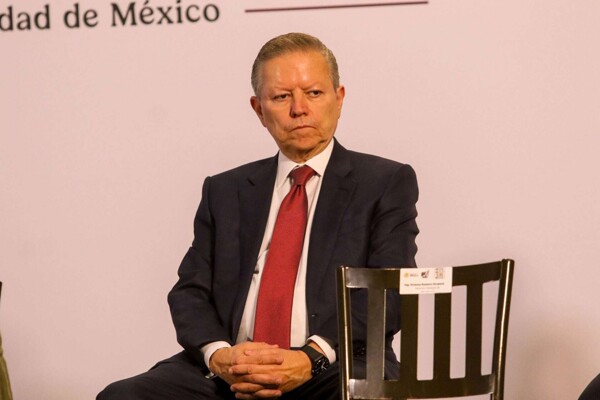
On February 5, 2025, the Federal Executive presented a bill aimed at reforming Mexico's electricity sector after several years of instability and continuous changes. The current Administration begins to show its cards after some months of speculation about whether it would continue its intransigence and closure to private initiative or if there would be openness and competition. While the rhetoric surrounding the presentation of the initiatives and the presentation of energy plans has been managed, the proposed text glimpses openness in certain areas where the authorities in the previous six-year term had been reluctant.
This provision is undoubtedly completely arbitrary and rescued from proposals made in the previous Administration. The positive side is that for self-consumption permits of up to 20 MW, the granting of these is proposed to be "expedited," which is completely welcome after the nearly complete closure in granting permits during the previous six-year term. Another key aspect is the preservation of the Wholesale Electricity Market (MEM), which, although weakened by the energy scarcity caused by the slowdown of new generation projects, resumes the path of competition for the benefit of industrial consumers.
Certainly, it will not be immediate to regain the levels of competitiveness seen in the MEM in previous years, but with clear rules and regulatory stability, it is only a matter of time before getting there. One of the greatest risks is that CFE must guarantee at least 54% of the country's annual generation, which could limit the participation of the private sector and create unequal competition. Additionally, the Ministry of Energy (SENER) would have the oversight of energy planning, which could restrict market flexibility and discourage new investments if the procedures are not clearly defined.
The reform also proposes the elimination of the Energy Regulatory Commission (CRE) and the National Hydrocarbons Commission (CNH), centralizing functions in SENER. The creation of the National Energy Commission (CNE), which in many cases seems to have to play the role of both judge and party, thereby reducing investors' confidence in the fairness of the determinations it might make.
Specifically, the potential concentration of power in SENER, which would occupy three of the eight seats on the technical committee of the CNE and continue to control energy planning, could generate conflicts of interest and favor CFE over other actors in the electricity system.
One of the significant changes brought by this bill is the increase in the threshold that divides exempt generation from that which requires a permit. It moves from a level of 500 kW to a proposed level of 700 kW. This is especially relevant for distributed generation, which has seen exponential growth in the installation of solar panels on commercial and industrial rooftops. The expansion of the capacity of distributed generation, as well as the flexibilization of permits for self-consumption, are positive, but it is essential that regulations ensure clear rules for interconnection to the grid and fair compensation for surplus electricity. Furthermore, legal certainty must be guaranteed for investors in distributed energy projects.
The reform to the electricity sector proposes openness in areas where expectations of closure and intransigence existed, but at the same time restricts private participation and prevents CFE from having to be competitive with private companies. While it seeks to strengthen CFE and guarantee energy security, it also poses significant challenges for competition and private investment. To achieve a successful energy transition, it is necessary for Congress to clearly define the scope of binding planning, promote regulatory independence, and ensure adequate transmission infrastructure. Only in this way can a competitive, efficient, and sustainable electricity sector be achieved that benefits all Mexicans.














